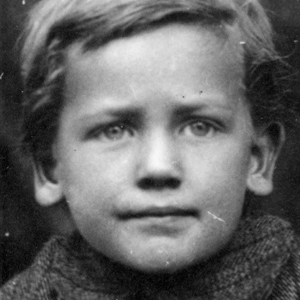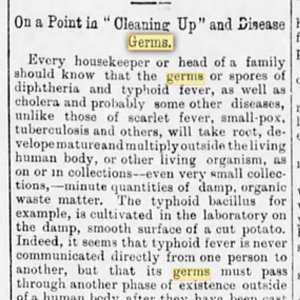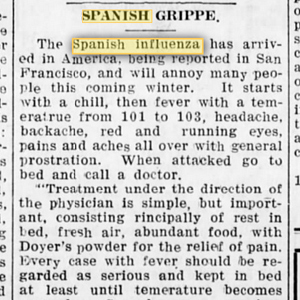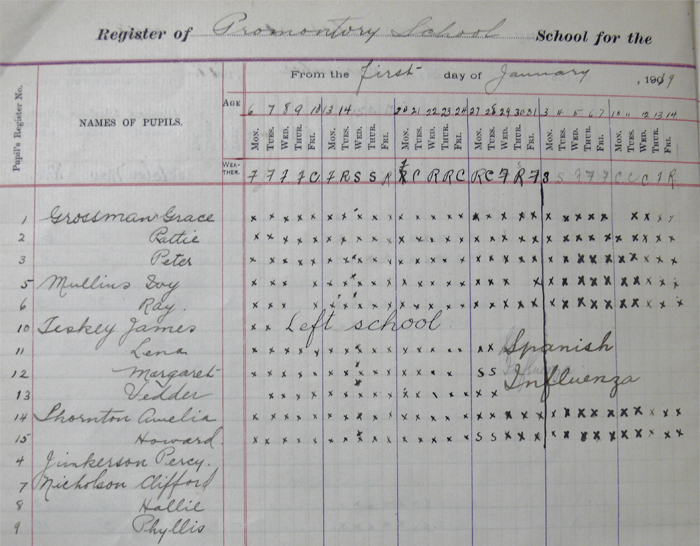Disease and Illness
Disease and illness cause physical, emotional and mental distress amongst the sufferer and their family. They are challenges we must overcome as we continue on the wheel of life.
Germ Theory
We accept today that microorganisms can invade the body and cause certain diseases. This was not always so. It took years of laboratory work before this observation which became known as germ theory became part of main stream health care. It was the key to understanding, treating and preventing disease. Louis Pasteur and Robert Koch are known as the scientists to prove this theory.
Photograph (right): Booen, J.O.(ca.1897). Photograph of an unknown child (detail). Chilliwack Museum and Archives, P.Coll 120
Fighting Disease
The work of Louis Pasteur and Robert Koch in the 1870s and beyond was instrumental in paving the way for further research for people already suffering from diseases. By 1894, scientists could prove conclusively that bacteria and viruses caused leprosy (1879), typhoid fever (1880), diphtheria (1882), tuberculosis (1882), cholera (1883), tetanus (1884), pneumonia (1884), and bubonic plague (1894). Vaccines and antibiotics became the main methods to fight these diseases.
Photograph (right): The Chilliwack Progress (May 19, 1892). "On a point in cleaning up and disease", pp. 3.
Spanish Influenza and Chilliwack
H.J. Barber, the local druggist, responded to the 1918 Spanish influenza outbreak in Chilliwack by advertising hot water bottles, cascara bromo, quinine, Shoop's Preventatives and White Pine and Tar as cures to help stamp out the flu that was beginning to ravage the community.
The epidemic occurred when the First World War was nearing its end. Convalescing Canadian soldiers returning from overseas helped spread the virus. In October, 1918, the flu reached Chilliwack. In response schools, churches, theatres, poolrooms and public auctions were closed until further notice.
 In Sardis, at the Coqualeetza Institute, the school became an emergency hospital with dormitories, halls, sitting rooms and a large recreation hall turned into hospital wards.
In Sardis, at the Coqualeetza Institute, the school became an emergency hospital with dormitories, halls, sitting rooms and a large recreation hall turned into hospital wards.
By early November Dr. J.C. Henderson reported eight deaths attributable to the disease.
From October 1918 through March 1919, 29 individuals, 14 males and 15 females, died in Chilliwack. Although the cause of their deaths is not determined, the influenza and its associated troubles were surely contributing factors.
The Chilliwack Progress. (October 10, 1918). "Spanish Grippe", pp. 3.
Below: Chilliwack Museum and Archives. (1909) Student Attendance Register for Promontory School showing absences due to influenza. Add. Mss. 752 Chilliwack School District No. 33 fonds.


